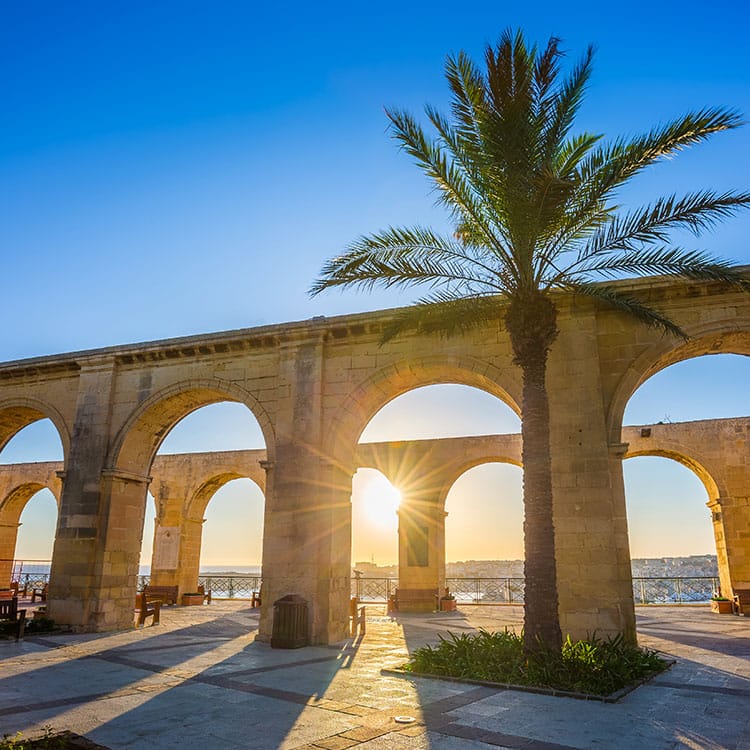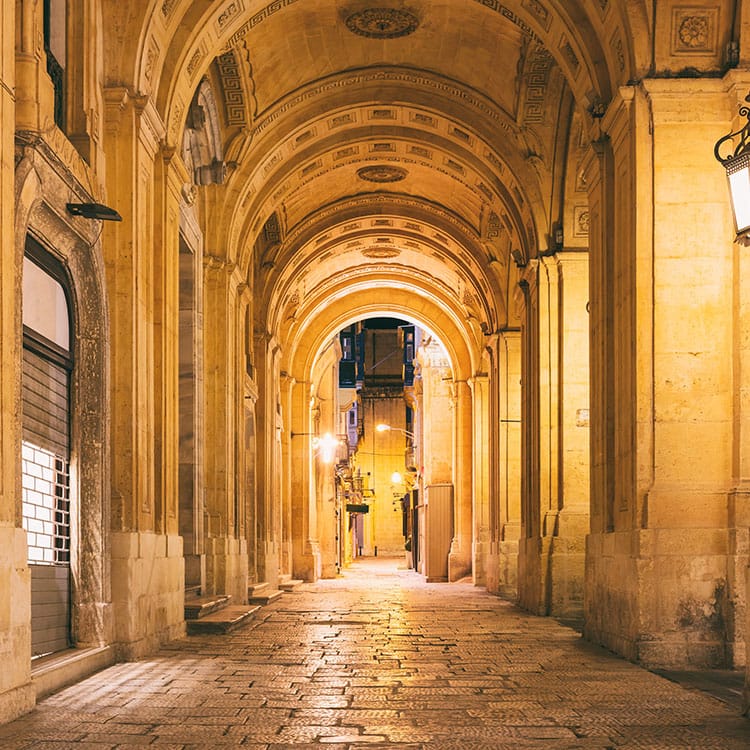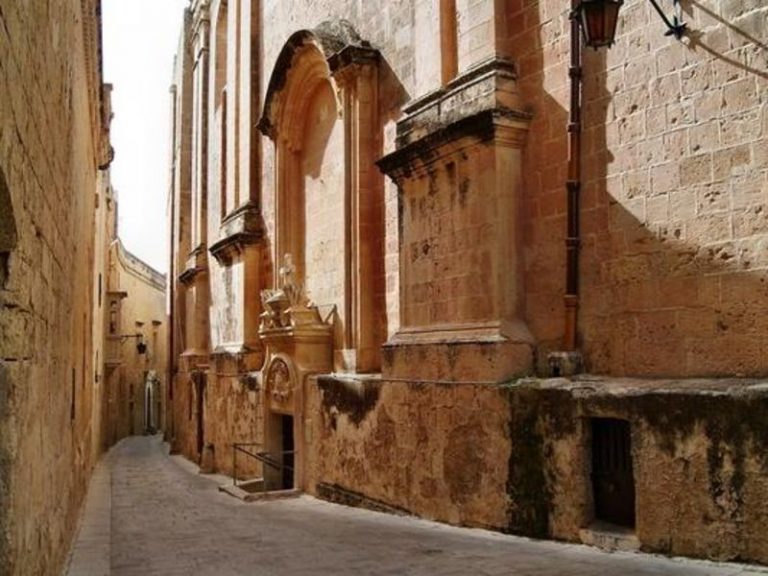LOCATION

LOCATION
DISCOVER MALTA
Enjoying plenty of sunshine throughout the year, Malta offers a lot of variety in its small archipelago. You’ll find prehistoric temples, fossil-studded cliffs, hidden coves, thrilling scuba diving, and a history of remarkable intensity.
In Malta there are many natural attractions to visit. Blue Grotto, in Southern Malta is accessible on a boat trip from the village of Wied iż-Żurrieq. This natural archway is found along a stretch of coast that has six other caves. The water is such an ethereal colour that you may start believing the tales about the mermaids who live there.
The natural attractions on the Maltese Islands are also found underwater. Snorkelers and divers can find some of the most bizarre landscapes of the Mediterranean in the sea surrounding Malta, Gozo and Comino.
You can find loads of sandy beaches in the North that are extremely popular, especially on the weekends when Maltese families go down early in the morning and stay till after sunset.
Kiosks on the beach sell cold drinks, snacks and ice cream and there are water sports on offer like sailing, waterskiing, canoeing and paragliding.
With sparkling light blue seas clear as crystal rippling gently on a bed of thick white sand and surrounded by a scattering of islands on all sides, the Blue Lagoon in Comino is also extraordinary in its beauty and a highly recommended site to visit!
If you're looking for a perfect day trip and soaking up the beauty that is Malta's capital city, the ferry conveniently docks just a few minutes away from our hotel and it's only a 5 minute walk away.
HISTORY
Malta enjoys a long and colourful history dating back to the dawn of civilisation. The islands went through a golden Neolithic period and feature mysterious temples, and later on, the Phoenicians, the Carthaginians, the Romans and the Byzantines, all left their traces on the Islands.
In 60 A.D. St. Paul was shipwrecked on the island while on his way to Rome and brought Christianity to Malta. The Arabs then conquered the islands in 870 A.D. and left an important mark on the language of the Maltese. Until 1530 Malta was an extension of Sicily: the Normans, the Aragonese and other conquerors who ruled over Sicily also governed the Maltese Islands.
It was Charles V who bequeathed Malta to the Sovereign Military Order of St. John of Jerusalem who ruled over Malta from 1530 to 1798. Following the Great Siege of 1565, the Knights took Malta through a new golden age, making it a key player in the cultural scene of 17th and 18th century Europe. The artistic and cultural lives of the Maltese Islands were injected with the presence of artists such as Caravaggio, Mattia Preti and Favray who were commissioned by the Knights to embellish churches, palaces and auberges.
In 1798, the French took over Malta, a short lived presence, as the English, who were requested by the Maltese to help them against the French, blockaded the islands in 1800.
British rule in Malta lasted until 1964 when Malta became independent. The Maltese adopted the British system of public administration, education and legislation.
Modern Malta became a Republic in 1974. The foreign military bases on the island closed down permanently in 1979. Malta joined the European Union in May 2004 and the Eurozone in January of 2008.


BIRGU
The IBB Hotel Palazzo Bettina Malta is located in Birgu, also referred to as Vittoriosa, and is the oldest of a part of Malta referred to as the three cities, which also consist of Senglea and Cospicua. These are three fortified towns built in very close proximity to each other around the Grand Harbour and are steeped in history.
It is located right across the harbour from Valletta, facing Malta's capital city south-facing side and after the Great Siege of 1565, an important milestone in the history of Malta, the town was awarded the title Città Vittoriosa after withstanding the brutal attacks of the Ottoman invaders. Birgu was also the headquarters of the Knights of St Johns, to whom the alternative name of the city Vittoriosa is owed. It served as the capital city of Malta between 1530 and 1571 until Valletta was built.
Nowadays Birgu is home to a population of almost 3,000 citizens and has developed into a high-profile historical showcase of Maltese tradition that carries Medieval nostalgia across its narrow winding streets, alleyways, and converted townhouses. Wine bars, tiny, elegant restaurants, and the Birgu waterfront have brought new life to the small city.

